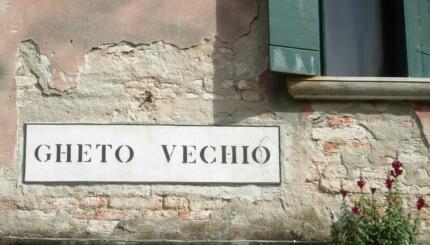Not only popular myth but also much historical writing of the type so aptly described as “lachrymose” by the late Salo Baron, an outstanding Jewish historian, blames the Church for most of the evils that befell the Jews throughout history. Not only is this factually wrong, it is based on the incorrect premise that there is some monolithic institution that can be identified as “the Church.” While sometimes useful shorthand in reference to a specific attitude or action, in fact the concept of the Church is a theological one that has little meaning in actual historical analysis of the relations between Jews and Christians.
What is meant by “the Church”? The popes, archbishops and bishops, ecumenical councils, local church councils, theologians, canonists, or local priests? Indeed, theologically, the Church means the whole body of Christian believers; thus, perhaps we mean every single Christian person? Seen in this light, it is obvious how inaccurate, and incorrect, it is to speak of the Church having done anything to Jews…
Ecclesiastical attitudes toward Jews varied from person to person and from period to period. From the earliest medieval times, we find local bishops who were antagonistic and insisted on conversion of the Jews, by force if necessary. Others were concerned about synagogues of the Jews, or the owning of slaves by Jews. In general… popes generally saw their role as that of protectors of Jewish rights, in accord with canon law. They often had to curtail the zealous reactions of local bishops or the general population. Generally speaking, the Church had no concern with Jews as such except for anything by which Jews might exercise power over Christians, such as holding public office, “usury,” or any attempt to convert Christians.
Whether or not theologically the Jews were considered to be in a state of “perpetual servitude” to Christianity, an issue that has been argued ad nauseum, the fact remains that they were also seen to be important “witnesses” to the true faith and were to be protected until the end of time, when with the “second coming” of Christ they all would convert of their own will to that “true faith.” (The actual position on “perpetual servitude” was clearly set forth by that expert theologian and Canonist Pope Innocent IV, who states that Jews are consigned to their own guilt in “perpetual servitude” but are permitted to live as Jews “in the Christian midst”; finally, he explains this “servitude” as being “slaves rejected by God” and “slaves of those whom Christ’s death set free at the same time that it enslaved them”) This “servitude” was theological and theoretical; not some papal plot against Jews.
Reprinted with permission from Medieval Jewish Civilization: An Encyclopedia (Routledge).

Help us keep Jewish knowledge accessible to millions of people around the world.
Your donation to My Jewish Learning fuels endless journeys of Jewish discovery. With your help, My Jewish Learning can continue to provide nonstop opportunities for learning, connection and growth.


